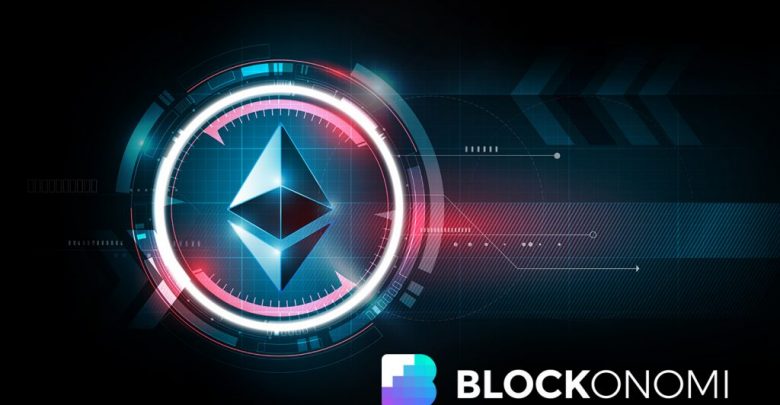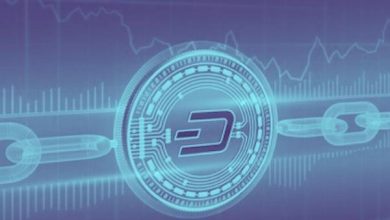
Happy Birthday, Frontier: Ethereum Network Turns 4 Years Old
On July 30th, the Ethereum community’s stakeholders celebrated the blockchain network’s fourth birthday.
Frontier, the inaugural live version of Ethereum, first launched on that date in 2014. At the time, the network formally transitioned from the 1,028,201st block of the proof-of-concept Olympic testnet to the genesis block of Ethereum.

With that milestone, miners began securing the network and developers began working on Ethereum smart contracts and dapps, some of which have gone on to become quite popular in the cryptoeconomy today.
Happy 4th birthday @ethereum!
— Vitalik Non-giver of Ether (@VitalikButerin) July 30, 2019
“During the Frontier release, we expect early adopters and application developers to establish communities and start forming a live ecosystem,” former Ethereum chief communications officer Stephan Tual wrote presciently just days before activation. “Like their counterparts during the American Frontier, these settlers will be presented with vast opportunities, but will also face many dangers.
The blockchain’s fourth birthday — which specifically arrived at block 8,252,752 — also comes on the heels of the Ethereum community having celebrated the fifth anniversary of the ether (ETH) pre-sale, which began on July 22nd, 2014.
Block #8252752 marked the Ethereum network’s 4th birthday! 🎂
We did some quick math for fun.
((4 years × 365 days × 24 hours × 60 mins × 60 secs) / 8252752 blocks) = an average block time of 15.285 seconds. Not too shabby.— ETHGasStation (@ETHGasStation) July 30, 2019
The 42-day crowdsale saw more than 31,500 bitcoin exchanged for over 60 million ether, which then traded for approximately $0.35 each.
Since then, the Ethereum blockchain and its associated cryptocurrency have gone on to become major forces within the cryptoeconomy, with the Ethereum development community currently being the space’s largest.
As for ETH, it’s currently hovering at a market capitalization of $23.4 billion and a price of $209. Notably, ETH traded as high as $1,431 each during the peak of the last crypto bull market in January 2018.
Crash Course: Ethereum History 101
To understand how quickly Ethereum has come along, you have to understand where it’s been. In November 2013, Vitalik Buterin started circulating a whitepaper for the project, an “all-purpose computational platform for smart contracts,” to around a dozen peers.
Some of these peers dove in, and the project began to take on life. Less than one month after Buterin’s whitepaper email, developer Gavin Wood made the first commit in the Ethereum repository.
Buterin publicly revealed the project to much intrigue at the North American Bitcoin Conference in January 2014. Fast forward to that summer, and the ether pre-sale began.
In the spring of 2015, the final preparatory Olympic testnet launched. Less than two months later Frontier was activated, ushering in Ethereum’s genesis block. The first production-ready release of the network, Homestead, went live the following March.
In June 2016, the Ethereum community faced its first major crisis when an unknown hacker compromised The DAO investment fund and started draining out its ether. The blockchain was forked that month to protect investors’ funds, leading to the Ethereum vs. Ethereum Classic (ETC) schism.
In 2017, the Enterprise Ethereum Alliance was formed, the ICO phenomenon acutely boomed, and the ether price surged before drawing down considerably throughout 2018. Now, with buy pressure and regulatory stakes heightened in the cryptoeconomy, ether and its native blockchain have pressed closer to the mainstream and big enterprises have taken notice.
Next Up: Serenity
All eyes now turn to Ethereum’s biggest evolutionary transition to date: the coming multi-phase Serenity upgrade.
That upgrade will see the Ethereum network shift to proof-of-stake consensus via Casper FFG tech and toward the scaling innovations of sharding and Plasma.
Last month, Ethereum Foundation researcher Justin Drake floated the possibility of launching the initial “Phase Zero” of Serenity on January 3rd, 2020. While that tentative suggestion may end up being impractical, it indicates the start of “ETH 2.0” is now just around the corner and likely to go down in the first half of 2020.
The next thing to keep an eye on is when the deposit contract for the Beacon Chain of Phase Zero is launched. Drake has previously raised the idea of activating that contract at this year’s Devcon 5 conference in Osaka, Japan.


eToro Risk Warning: 66% of retail investor accounts lose money when trading CFDs with this provider. You should consider whether you can afford to take the high risk of losing your money.
You have Successfully Subscribed!
Source: blockonomi.com
View original post





